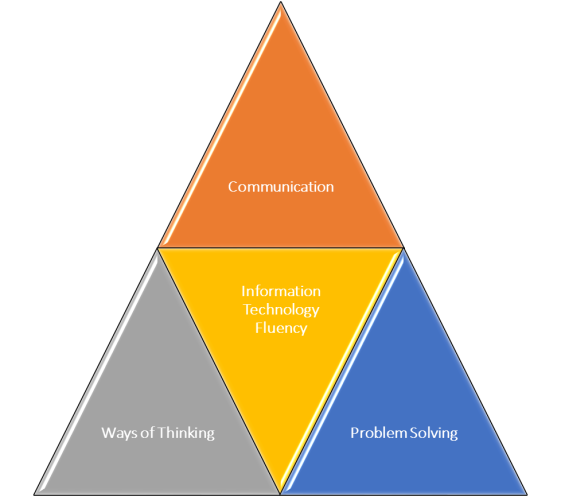With all the recent news coverage about Pokemon Go, and because I am really impressed with the way libraries are responding to this trend (librarians rock!), I thought I’d take the opportunity to discuss how Pokemon Go can be seen as an exemplar of 21st century learning.
What makes Pokemon Go a valuable 21st century learning tool? Here are 5 ways.
- It’s a fun way to practice critical thinking and problem solving skills. Pokemon Go requires strategic thinking, and strategic thinking is central to successful problem solving.
- It’s collaborative. 21st century learning is all about collaboration, and Pokemon Go fosters a sense of teamwork, something so important to the collaborative process.
- It requires information literacy skills. Finding, evaluating, and synthesizing information coming from both the virtual and physical world is information literacy in practice.
- It promotes spatial thinking skills. With the explosion and increasing ubiquity of GIS technology, spatial thinking is an essential skill for 21st century learning. And spatial thinking is an important skill in STEM education.
- It’s an avenue to digital citizenship. Digital literacy, digital access, digital commerce (pokecoins), digital etiquette (and real world etiquette), and digital security (personal information) are just some of the elements that must be practiced or addressed during Pokemon Go play.
What makes Pokemon Go different from many other games is its transmediality. The physical world and virtual world truly collide in this transmedia game adventure. And because Pokemon Go is part of a much larger (and long-lived) transmedia franchise, librarians can take advantage of its many media platforms (graphic novels, videos, video games) to promote multimodal literacy.
Pay attention librarians! Pokemon Go is not just a trendy new game. It also represents an advancement in the growth of this phenomenon we call transmedia storytelling. With transmedia storytelling, we are entering a new era of literacy, where the idea of reading is changing altogether to encompass reading in multiple modalities (multimodal literacy) in order to gain the full story.
